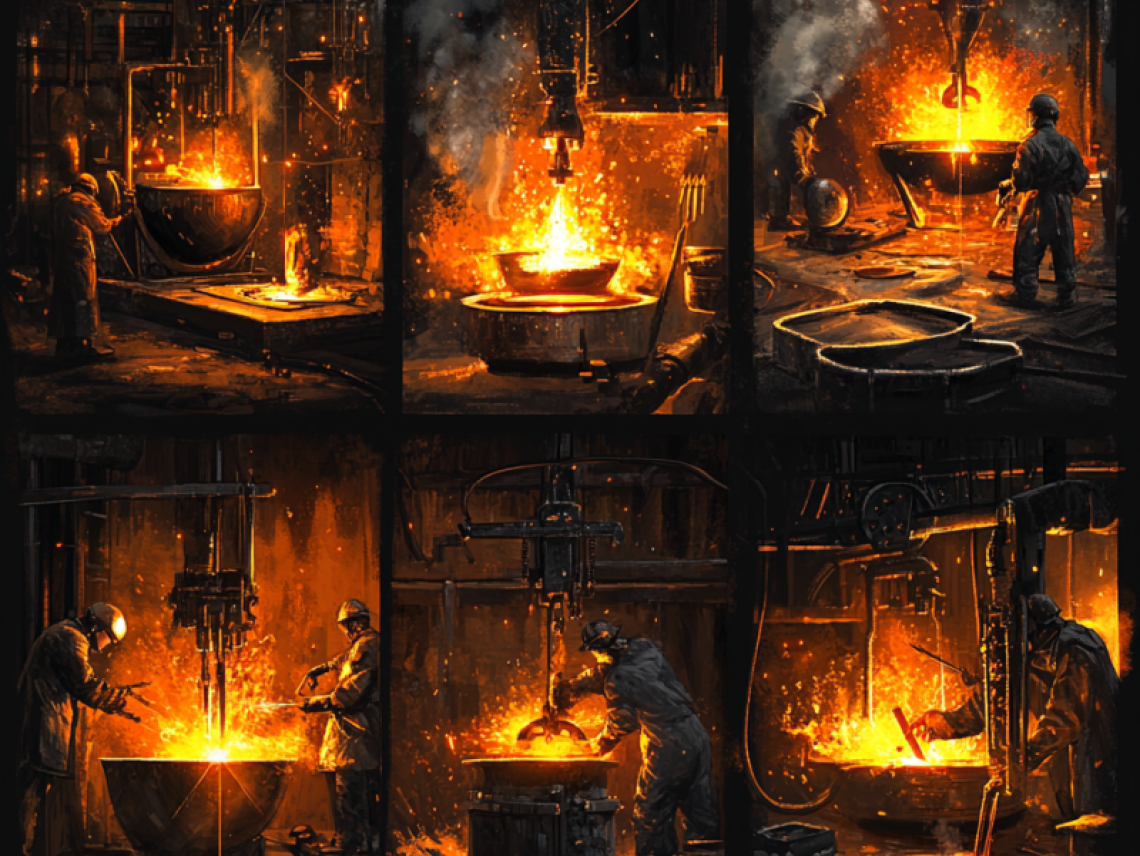
Table of Contents
ToggleTypes of metal working are fundamental processes in the manufacturing and craftsmanship industries. Whether you are working with metals for industrial machinery or DIY projects, understanding the types of metal working is essential for selecting the right method for your project. Each type of metal working involves different techniques, materials, and equipment to shape, cut, and join metals in various ways.
In this guide, we will explore the six most common types of metal working: forging, casting, welding, machining, extrusion, and rolling. By the end of this post, you will have a clear understanding of how each method works and the best applications for each.
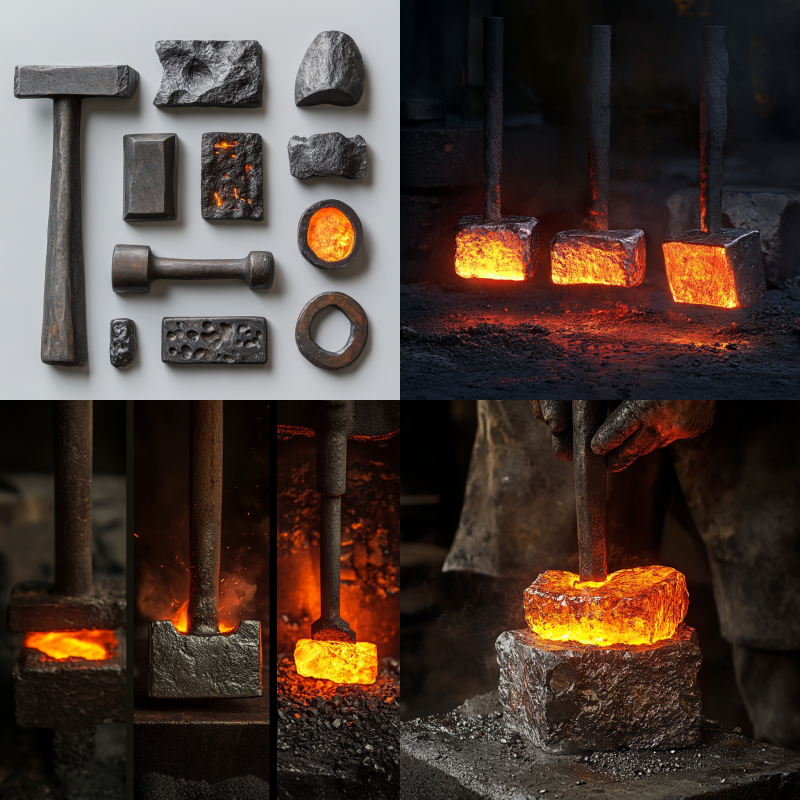
Forging is one of the oldest and most reliable types of metal working, involving shaping metal by applying compressive forces, usually through a hammer or press. These metal working tools are crucial in the forging process to ensure that metal is shaped efficiently and effectively. Depending on the metal and the project’s requirements, forging can be performed at high temperatures (hot forging) or at room temperature (cold forging).
Common Uses and Benefits of Forging
Forging creates parts that are stronger and more durable because the metal’s grain structure is aligned. The metal working tools involved in forging—such as hammers and presses—apply the necessary force to align this grain structure, making it ideal for parts that require toughness, such as automotive components, aircraft parts, and tools.
Types of Forging Tools
Hot Forging Tools: Used to heat the metal above its recrystallization temperature before applying compressive forces.
Cold Forging Tools: These metal working tools shape the metal at or near room temperature, producing finer surface finishes.
Warm Forging Tools: A balance between hot and cold forging, allowing for a mix of strength and ductility, these tools are versatile in different conditions.
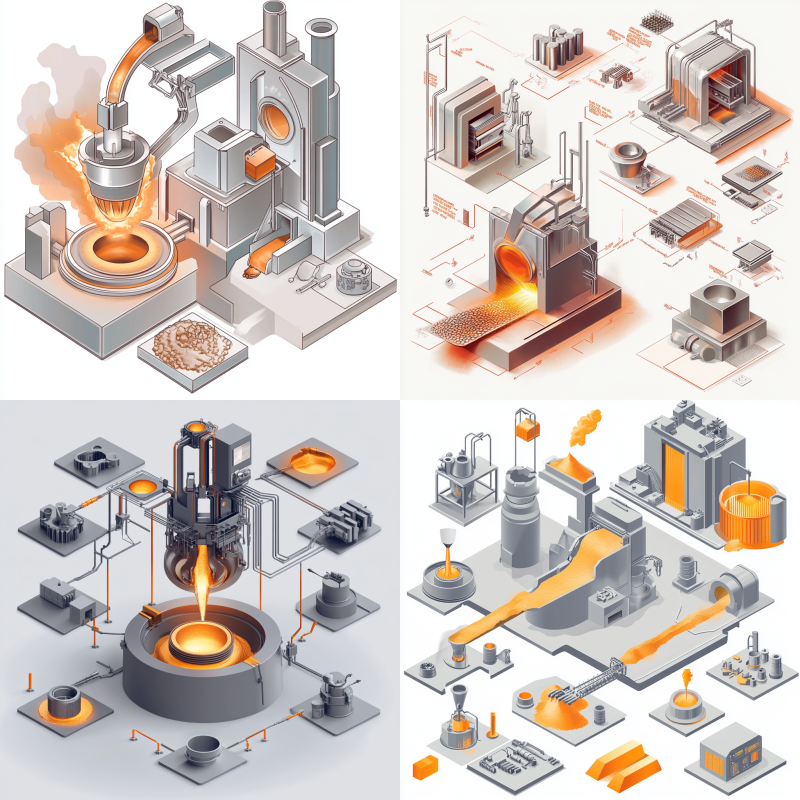
Casting is one of the most versatile types of metal working and involves pouring molten metal into a mold to solidify and form the desired shape. Metal working tools like molds and furnaces play an important role in ensuring the metal is properly heated and poured into the correct shape.
Popular Casting Methods
Sand Casting Tools: Uses sand molds for low-cost, versatile metal casting.
Die Casting Tools: Uses metal molds for high-precision, high-volume production. The metal working tools involved in die casting provide the strength and precision needed for creating detailed parts.
When to Choose Casting
Casting is often used for producing complex shapes like automotive engine blocks, pump housings, and decorative parts. Having the right metal working tools for the job ensures that these parts are crafted with accuracy and consistency.
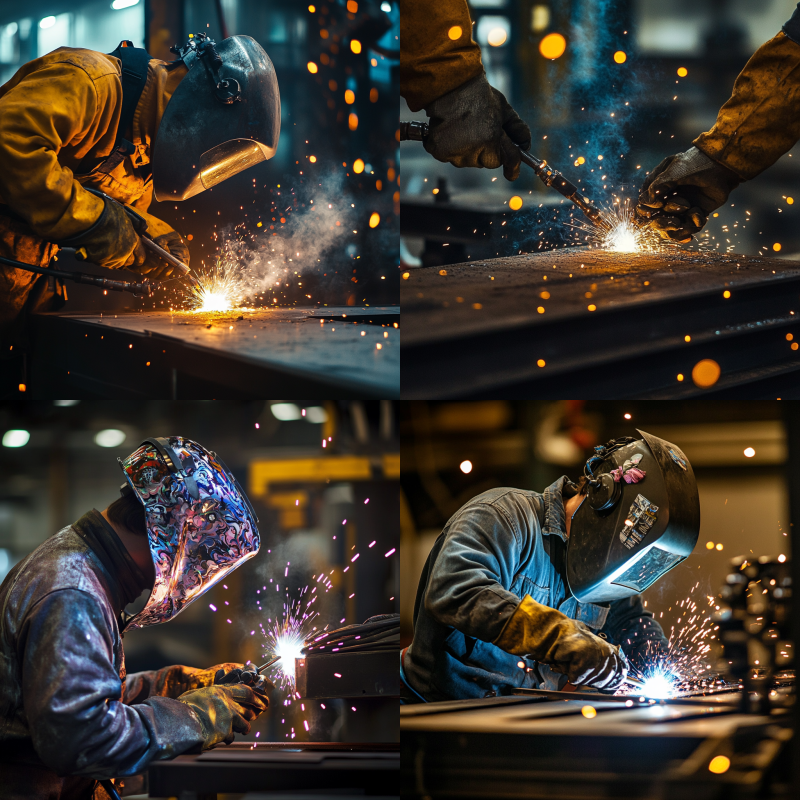
Welding is another essential type of metal working. It involves joining two or more pieces of metal by heating the materials to their melting point, then cooling them to form a strong joint. Welding can be done in several ways depending on the metal, thickness, and environment.
Types of Welding
Applications of Welding
Welding is used in construction, automotive manufacturing, and pipeline installation, where strong, permanent joints are essential.
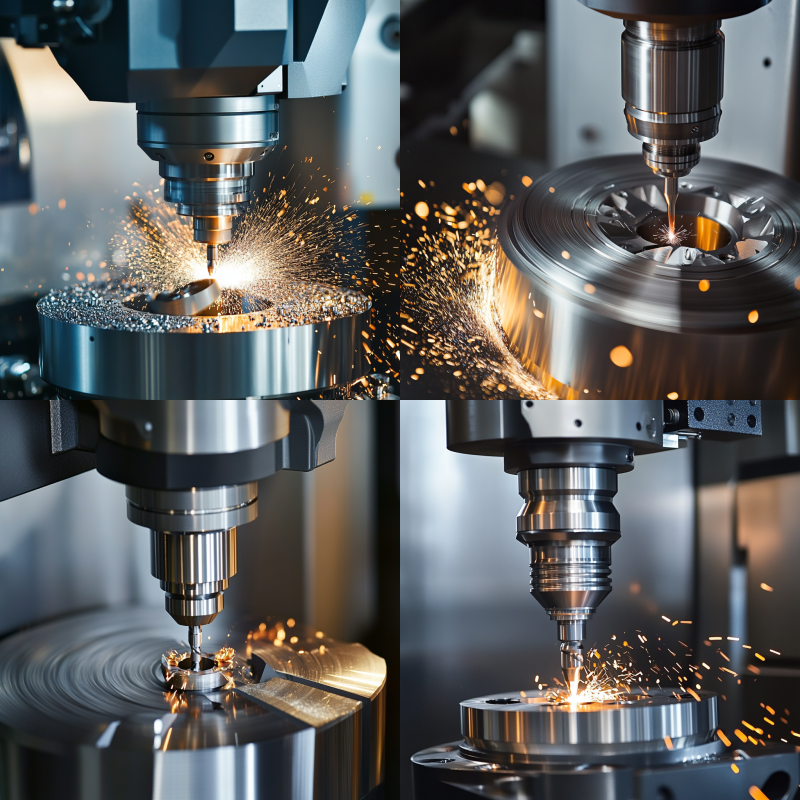
Machining is a precise type of metal working that removes material from a metal workpiece using tools like lathes, mills, and drills. These metal working tools are essential for shaping parts with exact dimensions and tight tolerances.
Common Machining Processes
Turning Tools: Rotating the workpiece while shaping its surface.
Milling Tools: Removing material using rotary cutters to achieve precise shapes.
Drilling Tools: Making holes of various sizes and depths, these metal working tools are vital for precision.
Advantages of Machining
Machining provides high precision and is used in industries like aerospace and automotive, where tight tolerances are essential. The metal working tools used in machining ensure the production of high-quality, precise parts.
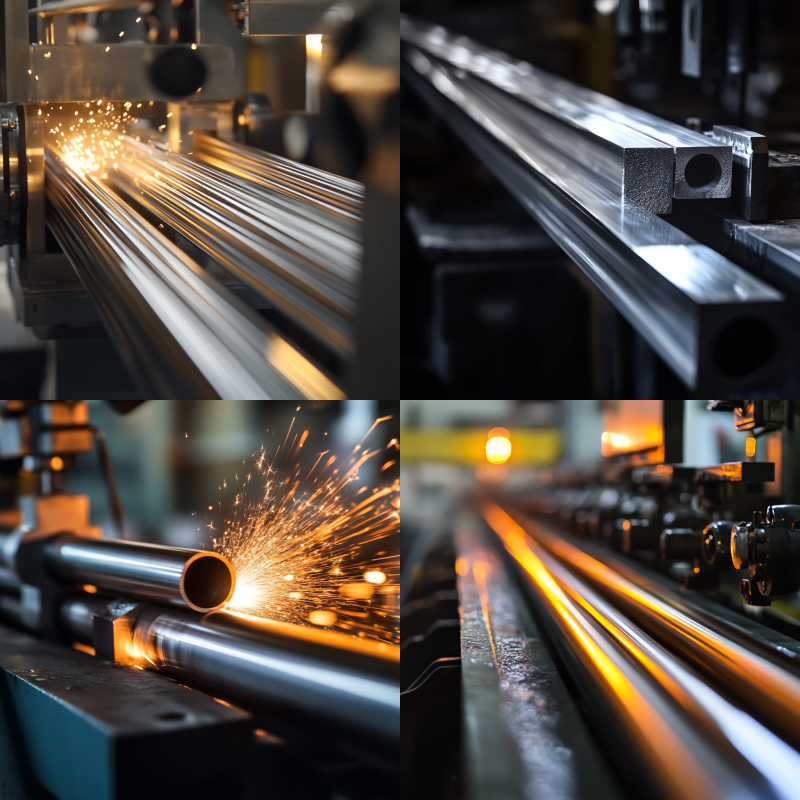
Extrusion involves forcing metal through a shaped die to create long objects with a consistent cross-section, such as rods, pipes, and profiles. Specialized metal working tools like extrusion presses are critical for this process.
Typical Uses for Extruded Metal
Aluminum Extrusions: Commonly used in industries like construction, automotive, and electronics, these metal working tools help produce lightweight yet strong materials.
Benefits of Extrusion
Extrusion allows for complex profiles and is highly material-efficient. The proper metal working tools enable the production of parts with uniform geometry, ensuring high-quality results.
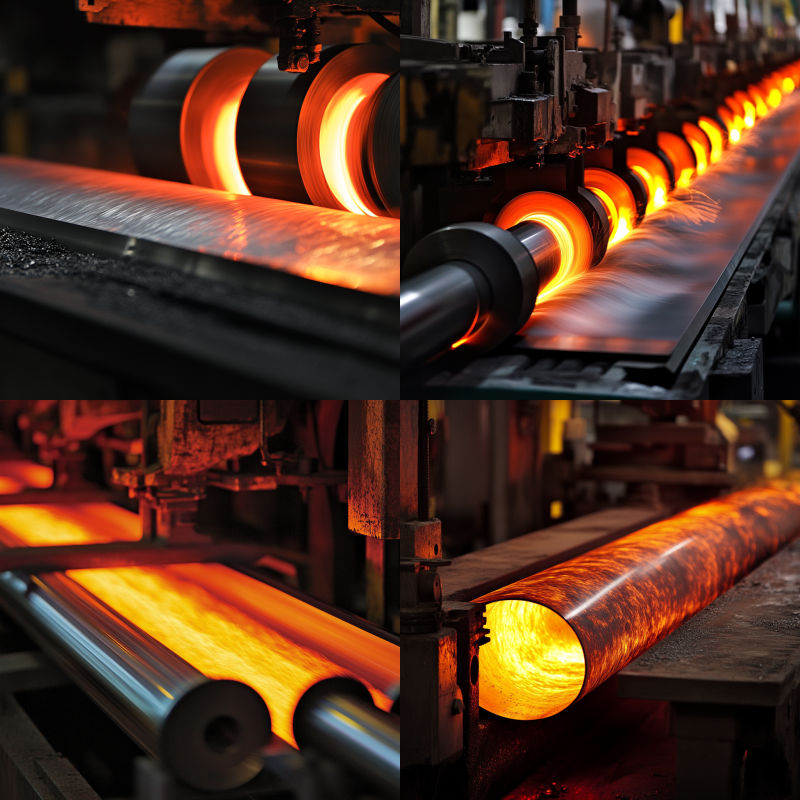
Rolling involves passing metal stock between rollers to reduce its thickness or alter its mechanical properties. The metal working tools used in rolling, such as rollers and presses, are essential in shaping metals into sheet metal, plates, and structural beams.
Hot Rolling vs. Cold Rolling Tools
Hot Rolling Tools: Used at high temperatures to reduce thickness and shape metals.
Cold Rolling Tools: These metal working tools operate at room temperature, providing smoother surfaces and higher strength in the metal.
Common Applications of Rolling
Rolling is widely used in producing sheet metal, plates, and structural beams in steel production, where the right metal working tools ensure precise results.
Understanding the main types of metal working—such as forging, casting, welding, machining, extrusion, and rolling—is essential for anyone in manufacturing or engineering. Each process offers unique advantages, from strength and precision to efficiency and cost-effectiveness.
For deeper insights, explore welding as a type of fabrication, our guide on the art and science of metal fabrication, or learn what a metal workshop is called. You can also check ASM International’s resources on metalworking processes for technical background.
At Red River, we specialize in the design and manufacturing of high-quality pressure vessels, along with related solutions such as prefabricated spools and skid packages. Our team combines decades of expertise with a commitment to American craftsmanship and values.
When you partner with Red River, you’re not just getting a product—you’re gaining a team that cares about safety, reliability, and long-term performance.
Experience the Red River difference today—where American-made products and American values come together
Contact us today!
Forging typically produces stronger and tougher parts due to the metal’s aligned grain structure, whereas casting allows for more complex shapes but can have porosity issues.
While welding can join many metals, each metal requires specific welding techniques and filler materials to ensure strong joints.
Machining is subtractive, removing material to shape parts with high precision, unlike forging or casting, which shape metal by deformation or solidification.
malleability.
Yes, rolling is essential in large-scale steel production and manufacturing sheet metals used in numerous industries.
Hot forging is done at elevated temperatures allowing easier shaping; cold forging is done at room temperature, producing better surface finishes and dimensional accuracy.
Welders should use protective gear such as helmets, gloves, and aprons to guard against burns, UV radiation, and fumes.
Machining and welding are common entry points due to available training and equipment, but beginners should always prioritize safety and proper instruction.
he types of metal working tools you choose are crucial for determining the quality and precision of your metalworking project. These tools, whether for forging, casting, welding, machining, extrusion, or rolling, play a significant role in achieving optimal results.
Selecting the right metal working tools based on your project’s needs will help you produce durable, high-quality products.
Table of Contents
ToggleIn the realm of industrial solutions, Red River emerges as a pioneer, offering a diverse range of custom-engineered products and facilities. Among our specialties is the design and production of Custom/OEM Pressure Vessels, meticulously crafted to meet individual client requirements, ensuring performance under various pressure conditions. Our expertise extends to the domain of prefabrication, where Red River leads with distinction.
The company excels in creating prefabricated facilities, modules, and packages, reinforcing its stance as a forerunner in innovation and quality. This proficiency is further mirrored in their Modular Skids offering, where they provide an array of Modular Fabricated Skid Packages and Packaged equipment. Each piece is tailored to client specifications, underlining their commitment to delivering precision and excellence in every project they undertake.